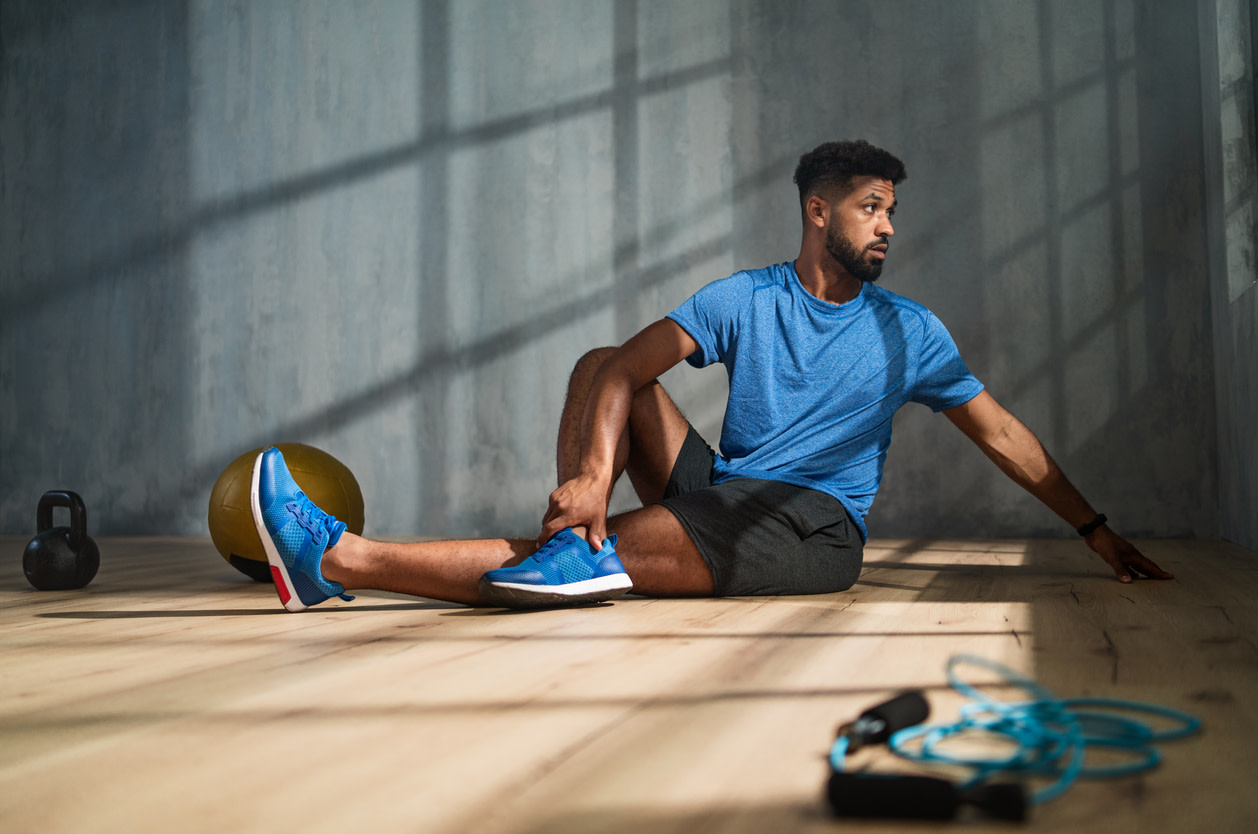Stretch before or after working out? What the science says
The ‘rules’ around stretching have gotten complicated, but don’t let confusion stop you. Learn why stretching is so important and when and how to stretch.
0 $ pour vous
Dernière mise à jour : May 7, 2025
Table des matières
Static stretches after your workout
Want expert care? Check if you're covered for our free program →- Standing Child's Pose
- Cross Arm Stretch
- Glute Stretch
- Quad Stretch
- Back Rotation Stretch
